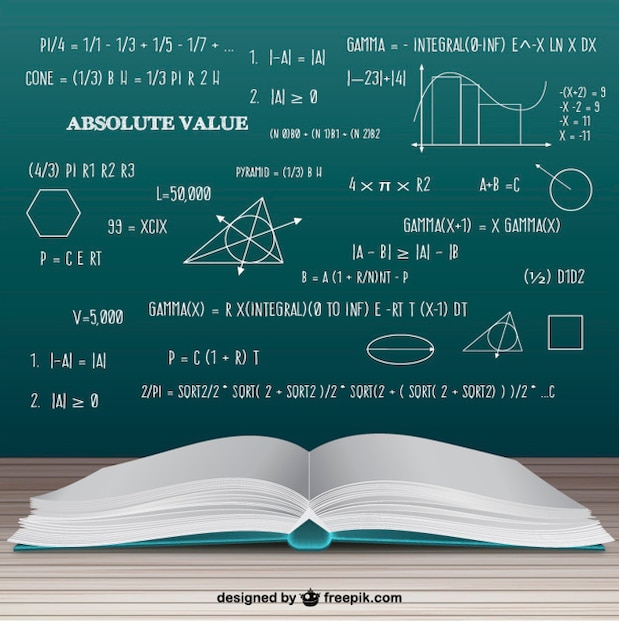Equity is “raising the achievement of all students while narrowing the gap between the highest and lowest performing students and eliminating the racial predictability and disproportionality of which student groups occupy the highest and lowest achievement categories.” Anti-racism is “our conscious and deliberate individual and collective action that challenges the impact and perpetuation of institutional White racial power, position and privilege” (Singleton & Linton, 2006, p. 242). There is extreme value in understanding motivation and engagement in traditionally underserved students. The urgency with which systemic changes need to be made is always present. There will always be constraints or limitations to any inquiry into the racial opportunity gap. It is vitally important that we, as educators, mentors, and role models ask this one question: Do we have the will to educate all children?
Dr. Asa G. Hilliard (1995) believes:
the knowledge and skills to educate all children already exist. Because we have lived in a historically oppressive society, educational issues tend to be framed as technical issues, which deny their political origin and meaning. There are no pedagogical barriers to teaching and learning when willing people are prepared and made available to children.
If we embrace a will to excellence, we can deeply restructure education in ways that will engage teachers to release the full potential of all our children. (p. 200).
I believe that the inability to provide equal access and opportunity of STEM-foundational thinking and instructional activities for marginalized students begins with an unwillingness to acknowledge how the presence of privilege and power continue to underserve students of color, further widening the gap between access and inequity. Instead of focusing on motivating these students, initially, I believe that concentrated efforts on getting teaching staff and other educational leaders to (a) acknowledge their complicity in the oppression of their minority students, thereby resulting in an achievement gap, and (b) using this racial consciousness to create structures that will recruit, encourage, and foster students of color in STEM curricula and future careers.
Although not presented in the literature review, Dr. Erica Walker, an associate professor of mathematics education at Teachers College, Columbia University, has focused her research on social and cultural factors that facilitate mathematics engagement, learning, and performance for traditionally underserved students. I believe that her framework for engaging marginalized students at the high school level in mathematics can be applied directly to promoting STEM-foundational thinking at the elementary school level. In fact, promoting STEM-foundational thinking is not “dependent on a particular curriculum” or amount of resources (Walker, 2012, p. 86). She outlines four components that need to be integrated systems-wide in order to increase participation in mathematics’ courses. I will discuss how I believe that each component can also be applied to STEM.
Attention to rigor. Students need to feel that their academic pursuits and hard work mean something and are worth their time and effort. Rigorous and challenging instructional activities (e.g.: STEM-foundational thinking instructional activities) promote deep learning because “learning is optimized when students are involved in activities that require complex thinking and the application of knowledge” (Hess, Carlock, Jones, & Walkup, 2009). Hess’ (2009) Cognitive Rigor matrix explains to teachers how Bloom’s Taxonomy and Webb’s (2005) Depth of Knowledge levels are both similar and dissimilar. For example, it is a tool used for examining the depth of understanding for different tasks that initially seem to be at comparable levels of complexity (see Table 4).


